How to Interpret Samsung SSD Model: QVO vs EVO vs PRO
In general, Samsung SSDs are mainly divided into two categories: enterprise-level SSDs and consumer-level SSDs. Enterprise SSDs focus on data integrity, followed by capacity and performance, and finally cost. Consumer SSDs first seek cost, followed by capacity and performance, and finally data integrity.
In addition, consumer-level SSDs are also divided into two categories: SSDs for retail customers and SSDs for OEM customers. QVO, EVO, and PRO usually appear in retail customer SSD models in the form of a suffix. To some extent, these suffixes indicate different technologies applied in NAND flash of these SSDs.
As we all know, an SSD often uses NAND flash to store data persistently. When the NAND flash is made via different technologies, the SSD storage, performance, and lifespan will vary accordingly. In Samsung SSDs, PRO indicates the SSD uses MLC, EVO indicates the SSD uses TLC, and QVO indicates the SSD uses QLC.
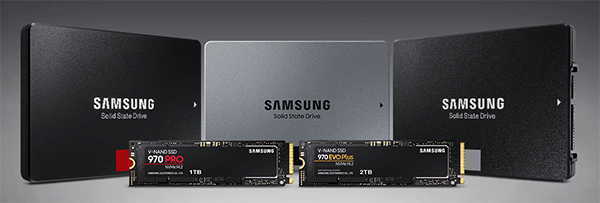
MLC, short for Multi-Level Cell, means that one memory cell can store 2 bits of data. TLC, short for Triple-Level Cell, means that one memory cell can store 3 bits of data. QLC, short for Quad-Level Cell, means that one memory cell can store 4 bits of data.
These technologies will have influences on Samsung EVO vs QVO vs PRO SSDs in the following aspects:
1. Cost
Previously, a memory cell stored only one bit of data, which was called SLC (Single-Level Cell). The SLC NAND flash chip has small capacity and high cost, which caused the SSD price to remain high at that time.
MLC, TLC, and QLC can increase the capacity of NAND flash chips. For example, in the same condition, a SLC flash chip has a capacity of 128 GB; a MLC flash chip can have a capacity of 256 GB (double); a TLC flash chip will have a capacity of 384 GB (triple); and a QLC flash chip will have a capacity of 512 GB (quadruple).
The SSD capacity increases while the number of NAND flash chips does not increase. As a result, the SSD cost is reduced. Therefore, if you search Samsung EVO, PRO, and QVO SSDs on Amazon, when they are in the same capacity, PRO SSD is the most expensive, then the EVO SSD, and finally the QVO SSD.
2. Performance
The MLC, TLC, and QLC also have influence on Samsung EVO vs PRO vs QVO SSD speed. In general, the performance of Samsung PRO SSD is the best, then the EVO SSD, and finally the QVO SSD. The reason lies in the writing and reading mechanism of NAND flash.
The NAND flash completes data reading and writing through applying voltage. In SLC, the read and write is very simple and fast, because it stores only one bit of data—0 or 1—and therefore there is only one threshold voltage. If the voltage in the cell exceeds the threshold voltage, it means 0. Otherwise, it means 1.
MLC flash has slower speed than SLC flash, because it stores two bits of data—00, 01, 10, or 11—and therefore it needs 3 threshold voltages to distinguish them. The more bits of data stored in the cell, the more the number of threshold voltages it needs. Then, the SSD need to take more time to identify the voltage signal, reducing the read and write speed.
3. Lifespan
As we all know, when SSD writes data, the master controller will erase the old data and then write new data. This process is called P/E cycle (program/erase). When the P/E cycle runs out, the SSD is likely to fail.
The approximate P/E cycle range of SLC, MLC, TLC, and QLC flash chips are as follows:
- SLC NAND flash memory cell supports about 50,000 ~ 100,000 P/E cycles.
- MLC flash memory cell generally supports up to 5,000 ~ 10,000 P/E cycles.
- TLC NAND flash memory cell only supports around 3000 P/E cycles.
- QLC flash memory cell supports around 1000 P/E cycles.
According to the P/E cycles, we can make a conclusion that the lifespan of Samsung PRO SSD is the longest, then the EVO SSD, and finally the QVO SSD. If you know the warranty of the Samsung QVO vs EVO vs PRO SSDs, this conclusion is not difficult to be proved.
Samsung QVO vs EVO vs PRO: Taking 860 and 970 as Examples
In Samsung retail consumer level SSDs, you can distinguish whether it is a SATA SSD or a PCIe SSD based on whether the first digit of the model is 8 or 9. At present, the 860 series are the latest Samsung SATA SSDs and the 970 series are the latest M.2 NVMe PCIe SSDs. In this part, I will explain Samsung QVO vs EVO vs PRO by taking the two series as examples.
Samsung 860 QVO vs EVO vs PRO SSDs
Samsung 860 PRO/EVO/QVO series are SATA SSDs, which means that all of them use SATA bus. But these series have various form factors like M.2, mSATA, and SATA III. In this part, I will show you Samsung 860 EVO vs QVO vs PRO SSDs.
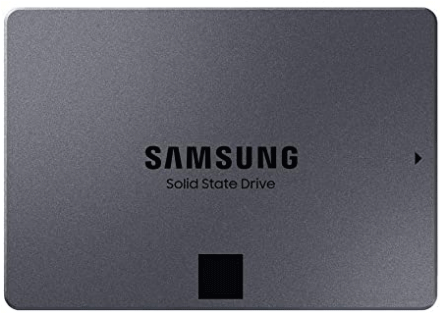
Look at the following picture, which shows Samsung 860 EVO vs PRO vs QVO specs.
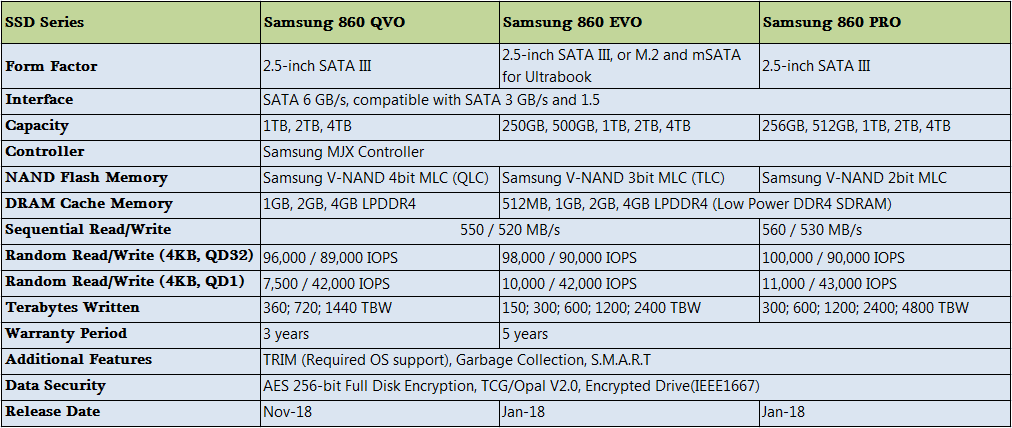
1. The sequential write performances are measured with Intelligent TurboWrite technology being activated. This technology will accelerate the write speed of the drive during data transfer. But if the buffer has been maximized, the TurboWrite will exit, resulting a significant drop in write speed.
2. TBW (Terabytes Written) indicates how much data a drive can write over its lifespan. For example, an SSD with 500 TBW means that the SSD can write 500 TB before it wears out.
From the above picture, you can see that there is no other difference in technology among Samsung PRO, EVO, and QVO SSDs, apart from NAND flash memory. But Samsung QVO, EVO, and PRO SSDs still vary in performance and warranty (you regard it as lifespan).
- Samsung PRO SSD: It is currently the company’s flagship SATA SSD. With MLC technology, its speed and the endurance rating or TBW make it stand out from Samsung 860 QVO vs EVO vs PRO comparison. Although its warranty period is similar with the 860 EVO series, its TBW is doubled. But it’s also the most expensive one as well. On Amazon, it starts at $87.99 (for 256GB).
- Samsung EVO SSD: It’s one of the most popular SSD series in the market and offers similar or near the performance of the 860 PRO SSD series, but at a more affordable price. On Amazon, it starts at $59.98 (for 250GB).
- Samsung QVO SSD: It is Samsung’s first consumer-grade quad-level cell (QLC) NAND drive and has the same sequential read and write speed with the 860 EVO. But the 4KB random read and write speeds and TBW can’t match with those of 860 EVO series. Its only advantage is price, starting at $109.99 (for 1TB) on Amazon.
In a word, if you want a large-capacity and cost-effective SSD, you can buy 860 QVO. If you have no special demand, 860 EVO is sufficient. If you need an SSD that be used under heavy load, I recommended you to buy 860 PRO.
Samsung 970 PRO vs EVO
Samsung 970 Pro and 970 EVO SSDs are the company’s latest flagship SSDs for high-performance desktop and mobile applications. They adopt PCIe lanes, which make 860 series can’t match them in performance. In this part, I will give you a brief introduction to Samsung 970 PRO vs EVO.

The Samsung 970 PRO vs EVO specs are shown like the following picture:
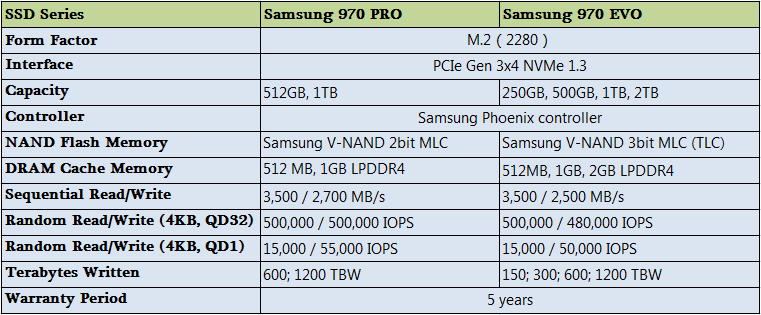
According to the above diagram, we can make a conclusion about Samsung 970 PRO vs EVO:
- Samsung 970 PRO: It is offered only in two capacities: 512GB and 1TB. Undoubtedly, it performs better than 970 EVO and its TBW is twice that of 970 EVO. But, it is also more expensive than 970 EVO. On Amazon, it starts at $169.99 (for512GB).
- Samsung 970 EVO: It is offered in four capacities. It differs from the Pro in that it uses 3-bit TLC V-NAND and features TurboWrite technology. When the buffer has been maximized and the TurboWrite exits, write speed will drop significantly. On Amazon, it starts at $82.90 (for250GB).
Some people may be interested in Samsung 970 EVO Plus SSD, which can be regarded as an enhanced version of 970 EVO. Between the two series, there is only one difference—Samsung 970 EVO SSD uses 64-layer V-NAND technology while the 970 EVO Plus SSD uses 96-layer V-NAND technology. This makes the 970 EVO Plus SSD perform better than 970 EVO SSD.
Samsung 860 EVO VS 970 EVO: Which One Should You Use?
Upgrade to New SSD without Reinstalling OS
If you plan to replace your old hard drive with a Samsung SSD, you can use MiniTool Partition Wizard to migrate your system to new SSD without reinstallation. Please refer to the following steps:
Step 1: Connect your new SSD to your computer and then click the above button to buy MiniTool Partition Wizard. Install it and open it to get its main interface. Click on Migrate OS to SSD/HDD in the toolbar.
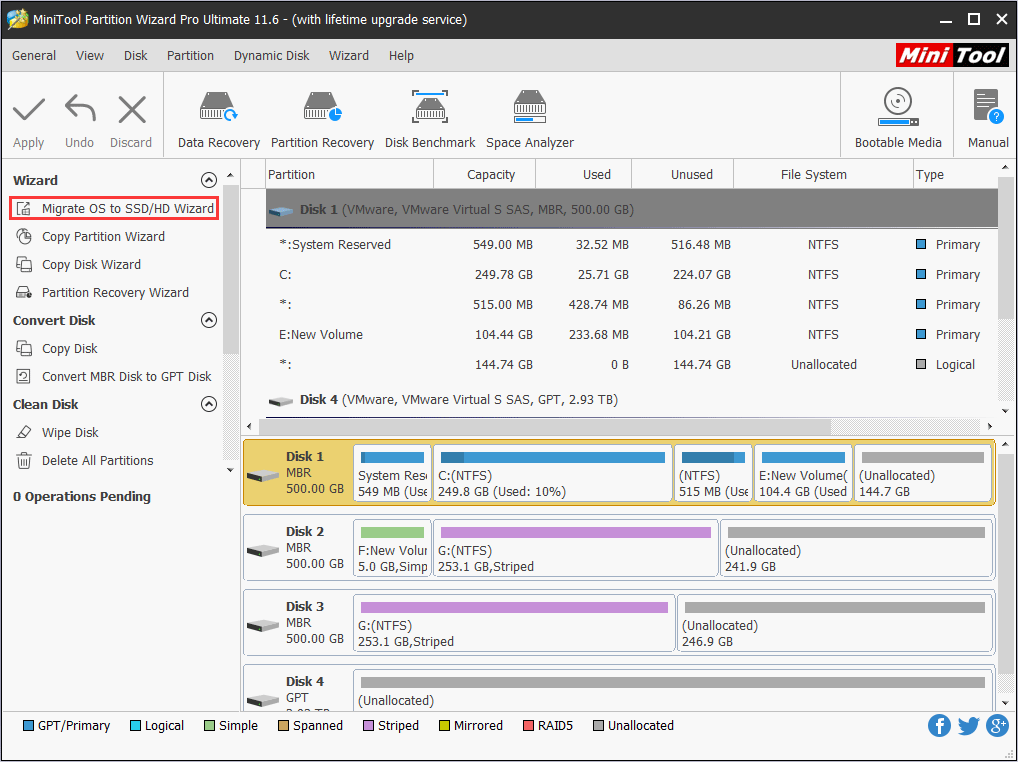
Step 2: Choose the right method to migrate the system disk and click Next. If you want to copy the entire disk, choose option A. If you just want to migrate OS and leave your personal files on the original disk, choose option B. But no matter which option you choose, the data on the original disk will not be destroyed.
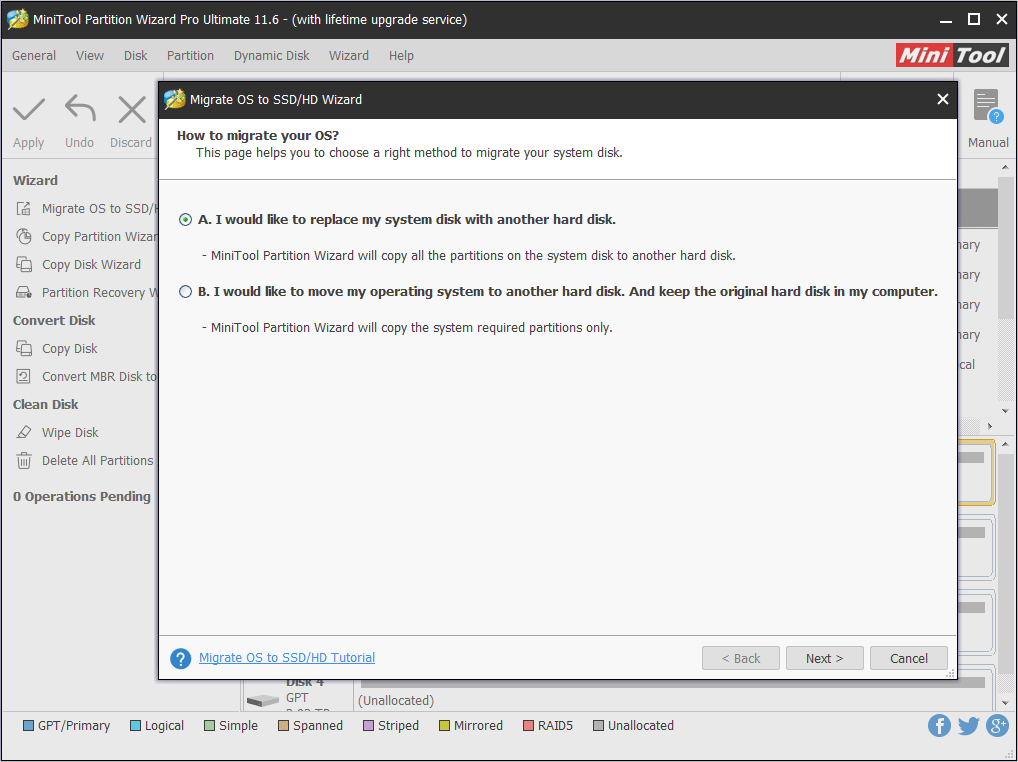
Step 3: Choose the new SSD as the destination disk and click Next. A warning window will pop up. Read it and click Yes.
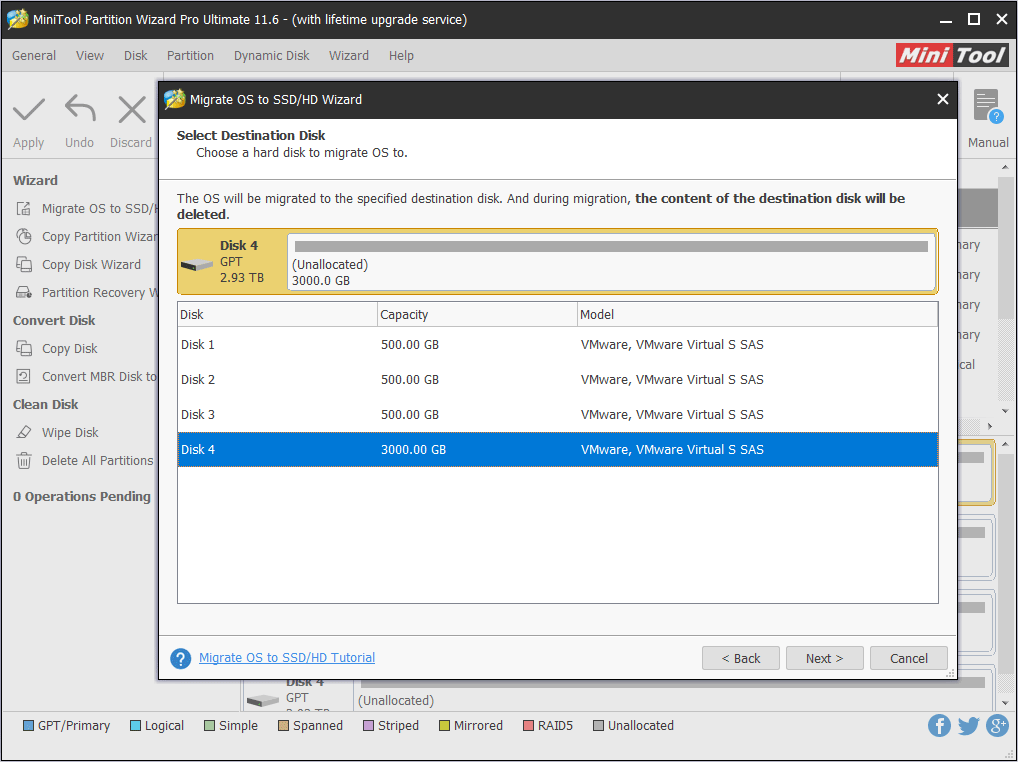
Step 4: Choose right copy options and adjust the target disk layout, and then click Next. In this step, you should note that if the original disk is an MBR disk and the new disk uses GPT layout, you should check option Use GUID partition table for the target disk. Click MBR vs GPT to know more.
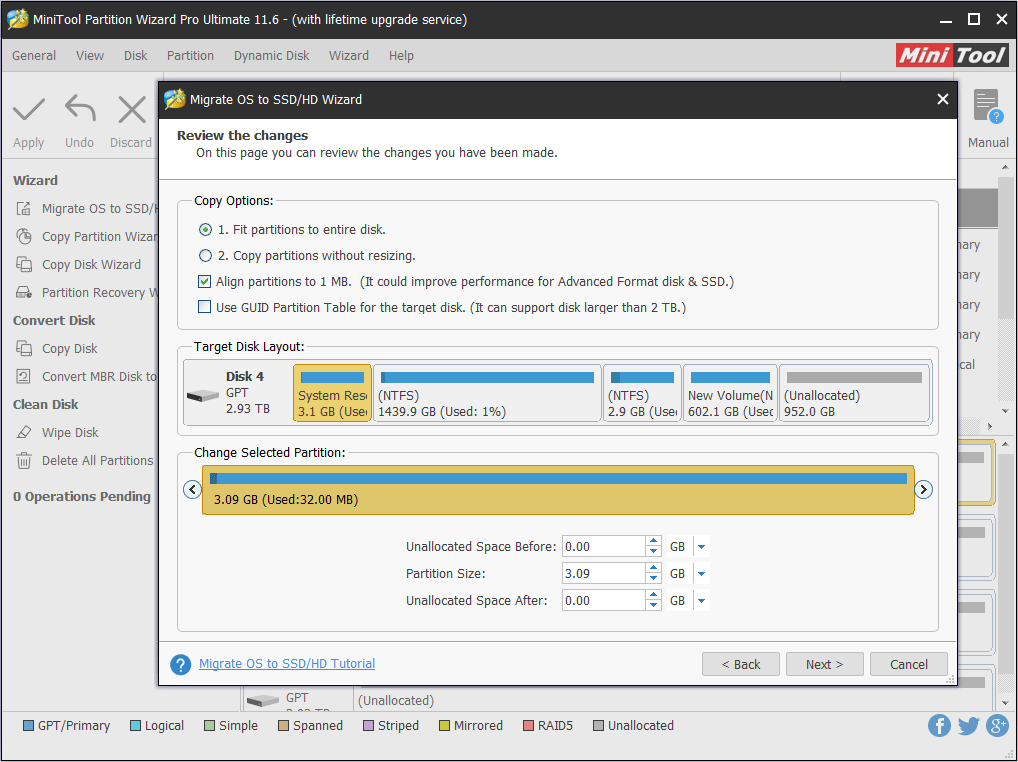
Step 5: Read the note and click Finish, then click Apply on the toolbar to execute the pending operations.
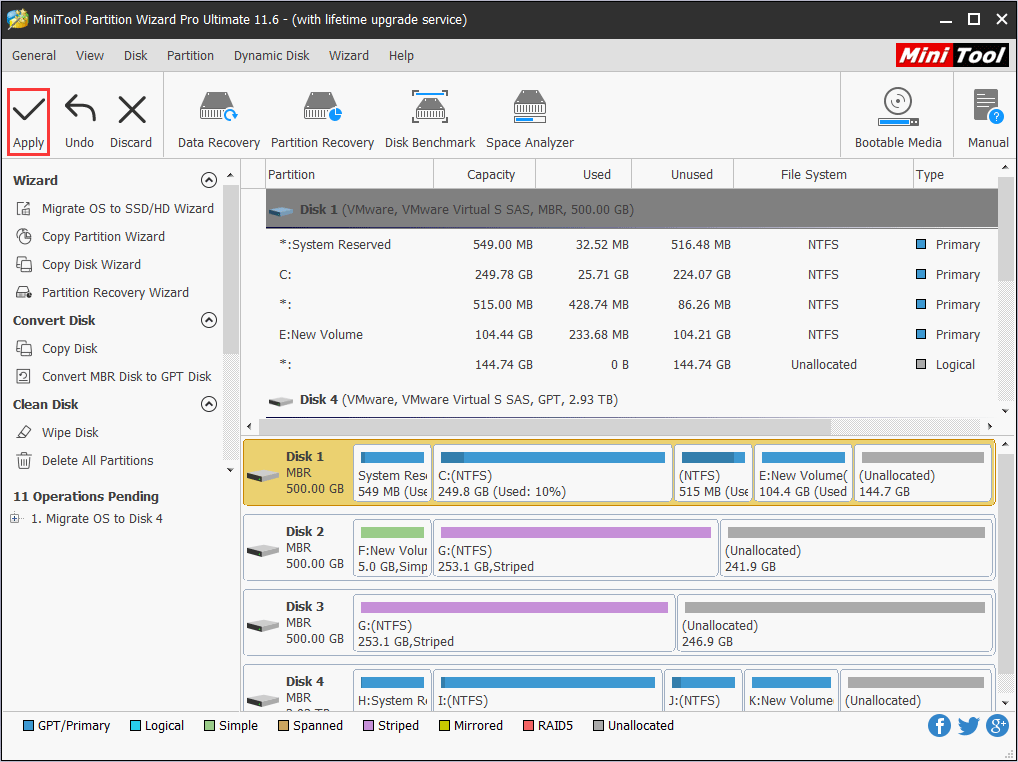
Step 6: MiniTool Partition Wizard will ask for a reboot. Click Restart Now.
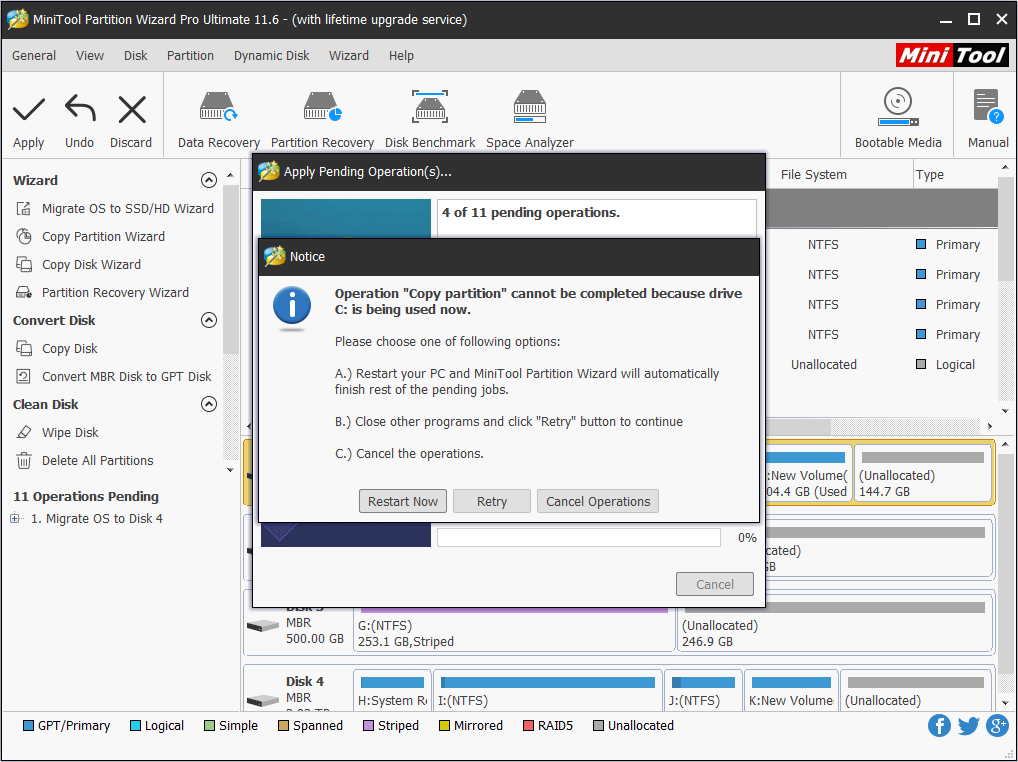
Step 7: Now, you can install the new SSD into your computer and boot from it.
Bottom Line
Has this post answered your questions about Samsung QVO vs EVO vs PRO? Is there anything that I have left out? Do you have other views on this topic? Please leave a comment in the comment zone. Besides, if you have difficulty in migrating OS, you can contact us via [email protected]. We will reply to you as soon as possible.

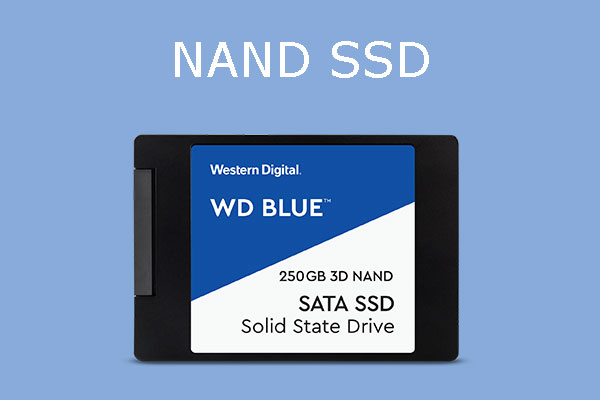
![How to Measure Disk Performance Easily [Step-By-Step Guide]](https://images.minitool.com/partitionwizard.com/images/uploads/2019/06/disk-performance-test-thumbnail.jpg)
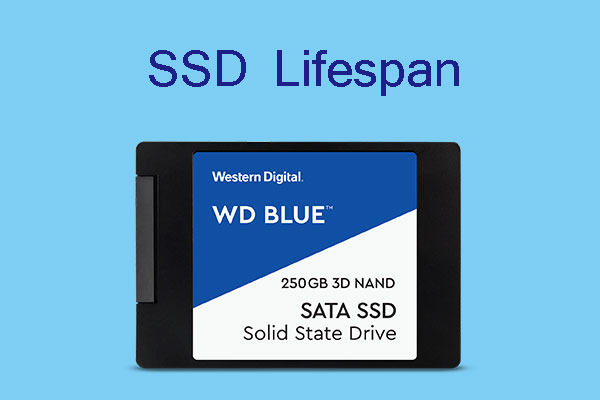



User Comments :